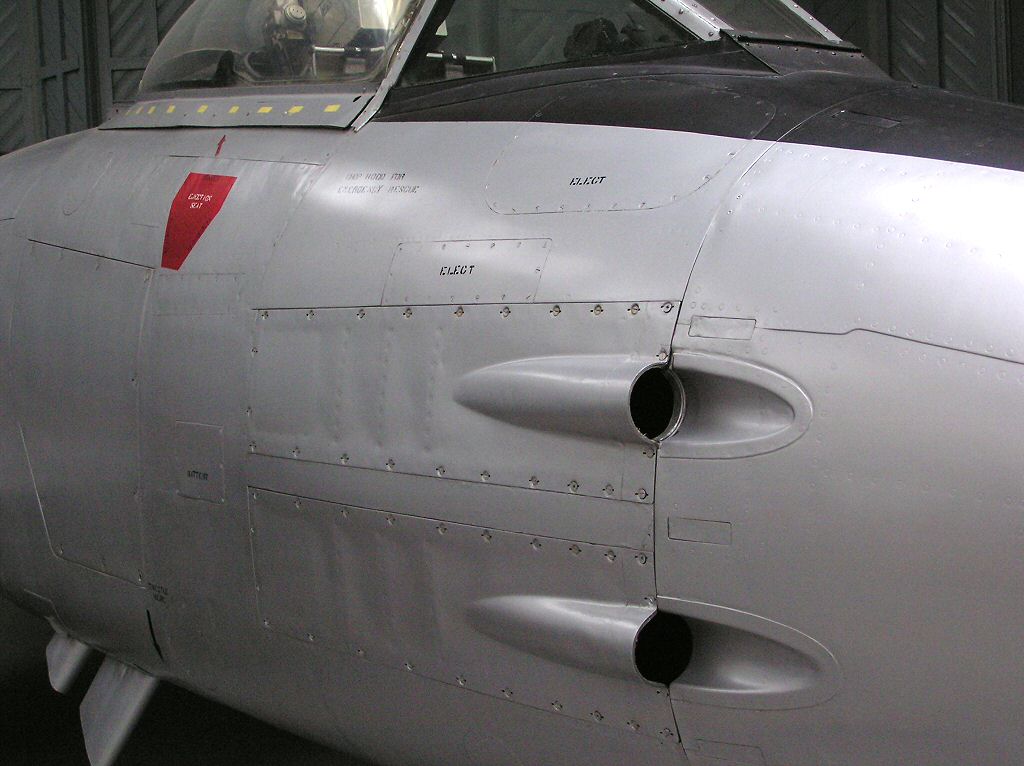|
These faults were used by the better trained American Pilots when developing dog fighting tactics. Many of the Allied pilots had World War Two experience where as apart from the Russian Advisors there were very few pilots on the North Korean side who had the same experience. Most MiG-15 pilots flying against the United States F-80s, F-84s and F-86s up until July 1951 were Soviet Pilots. They were then joined by communist Chinese pilots followed somewhat later by North Korean pilots.
As Soviet pilots started to be withdrawn F-86 Sabre pilots obtained higher kill ratios as the new Chinese and North Korean pilots were not as skilled as their Russian communist comrades. G suits were used by F-86 Sabre pilots while the MIG-15 pilots were not issued with them. You may not be aware that the MIG-15’s engine was a British design. It was a Russian copy of the Rolls Royce 'Nene' engine, of which 6 examples had been given to the Russians by the British socialist Prime Minister Clement Attlee in 1946.
The Sabre had machine guns while the so a hit from the MIG-15s were armed with cannon. The F-86 Saber's machine guns had a great radar controlled gunsite which enabled it to hit targets at greater distances than the MIG-15. The Mig’s cannons were more powerful than the Sabre’s machine guns but they were not very accurate. The MIG pilots had to get relatively close to the Saber to get a hit. The Mig-15's cannons did not carry much ammo and had a poor rate of fire.
In the fall of 1950, the Communist forces in Korea introduced the Soviet made swept wing MiG15 FAGOT jet fighter. To meet this threat, the USAF rushed the F86A to Korea since straight wing jets were out flown by the MiG's. The F86 was well suited for it's mission with a shoot down record of 15 to m1 over the MiG's. The MiG 15 was faster than the F86A and the newer E models above 32,000 feet in level flight, it had a tighter turning radius, and could climb faster. However, the F86 bested the MiG15 primarily due to its electronic gun sight, better armament and superior pilot skill..
These aircraft photographs are great reference sources if your painting 1/72 scale, 1/48 scale or 1/24 scale plastic model airplane Airfix, Tamiya, zvezda, revel, Pavala aircraft kits or you’re into flying and painting radio RC controlled model planes.
There are many aviation books published about the F-86 Saber Korean War Jet Fighter
www.MooreAircraft.com
Tell your friends about us. Send them an e-mail
|
